By Žikica Milošević
Vojvodina is one of the regions which is among the flattest in the world, but it by no means signifies that it is boring. The landscape looking like the Netherlands or Southern States of America is full of large rivers, and it is dotted by baroque, neoclassicist and art-nouveau Habsburg cities and towns, “salaš” farms, monasteries and castles. It all makes it one of the most interesting destinations in the Southeastern Europe.
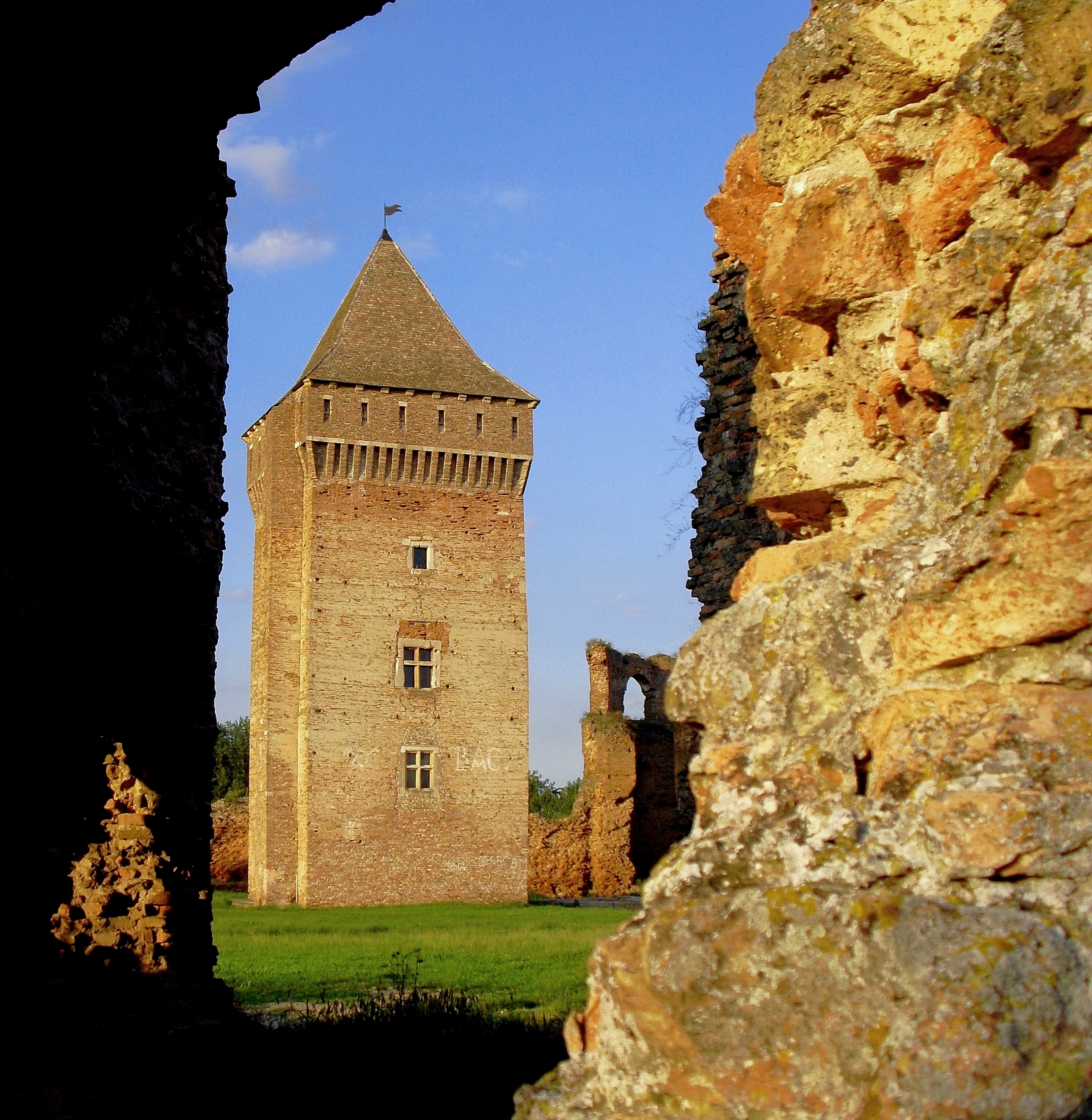
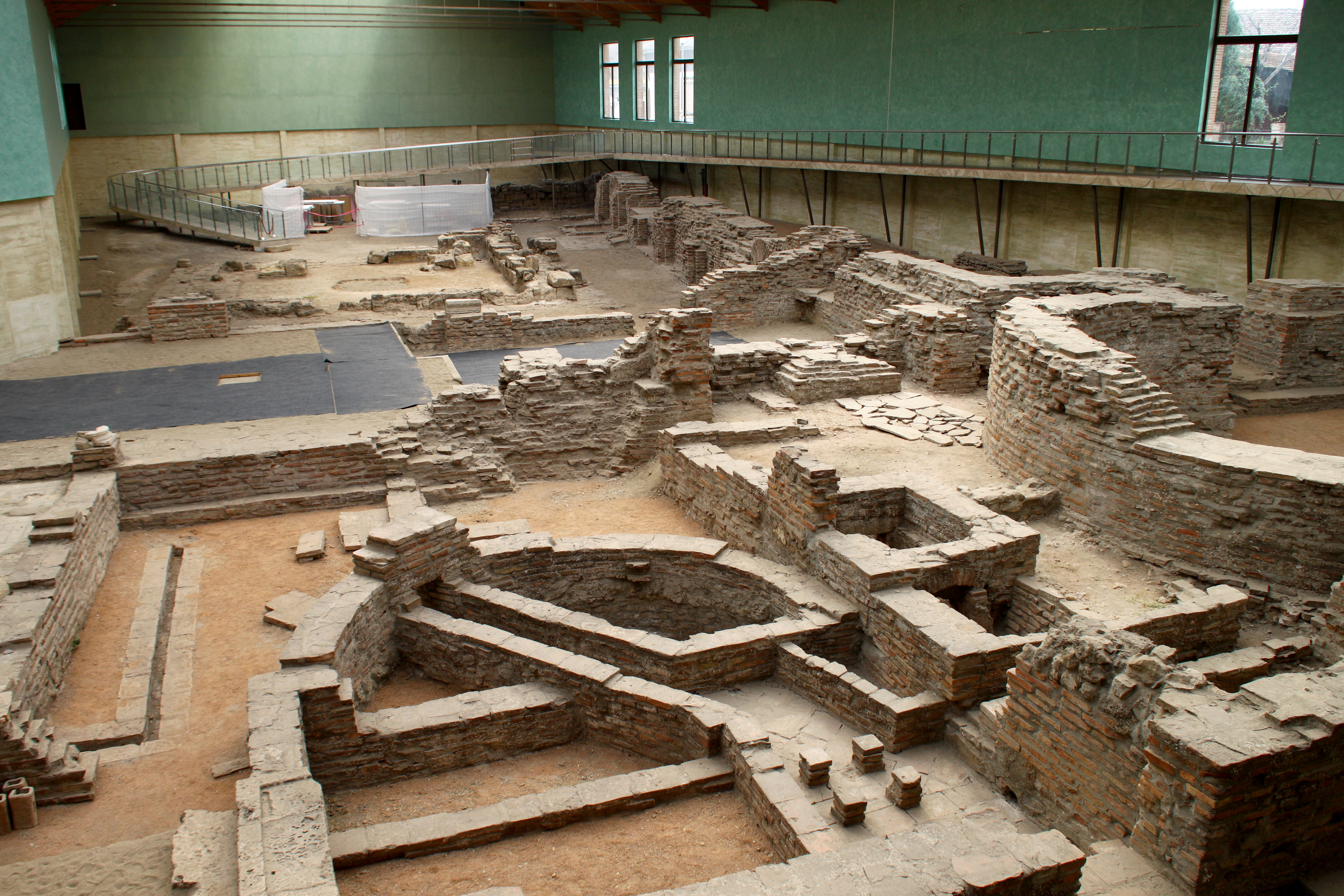
Serbian National Tourist Organisation got a bit poetic in its depiction of Vojvodina, and we cannot help quoting this Pushkinian image: “The distinctive landscape of the Pannonian Plain is also sprinkled with lonely, old draw-wells in the fields and windmills which once harnessed the power of the wind to grind wheat. Horses gallop around the spacious plain, either harnessed into carriages or mounted in one of the many Vojvodinian stables.” Yes, windmills, like in Holland and Denmark, spas like in Hungary, towns like in Slovakia and Poland, but with a distinctive Southern zeal for life combined with laid-back attitude and multiculturality.
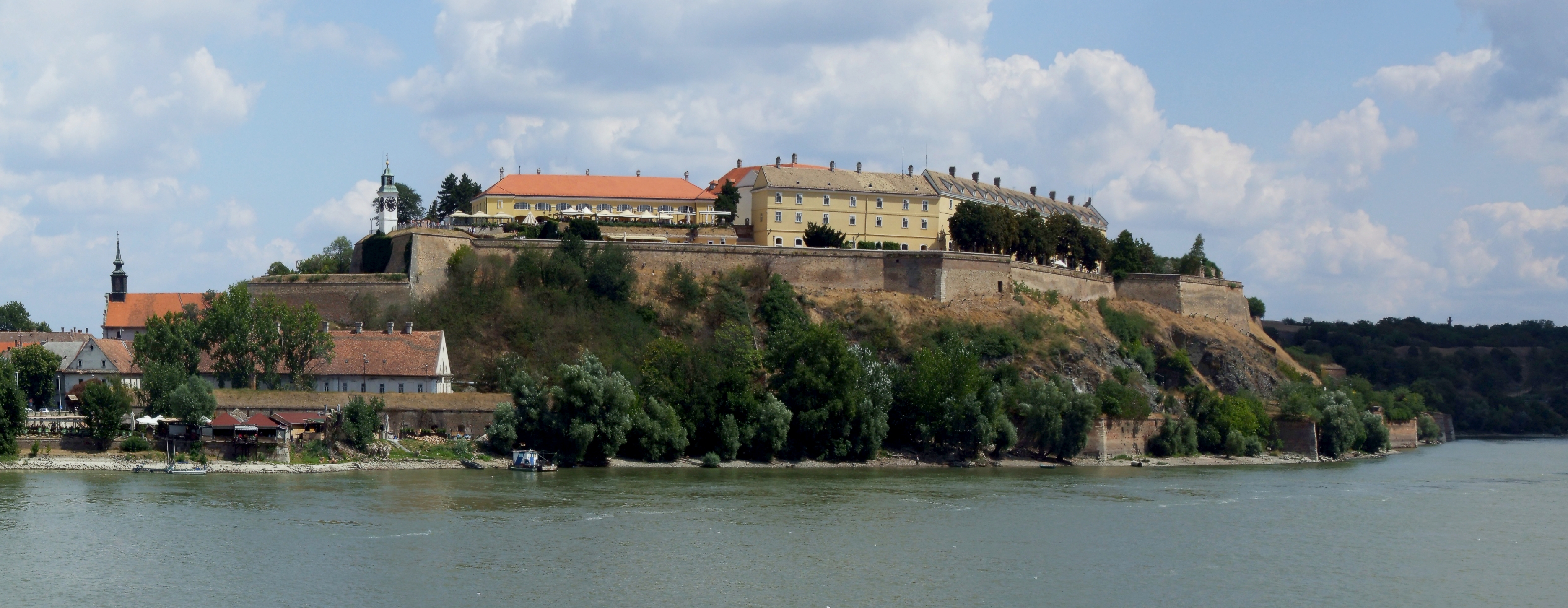
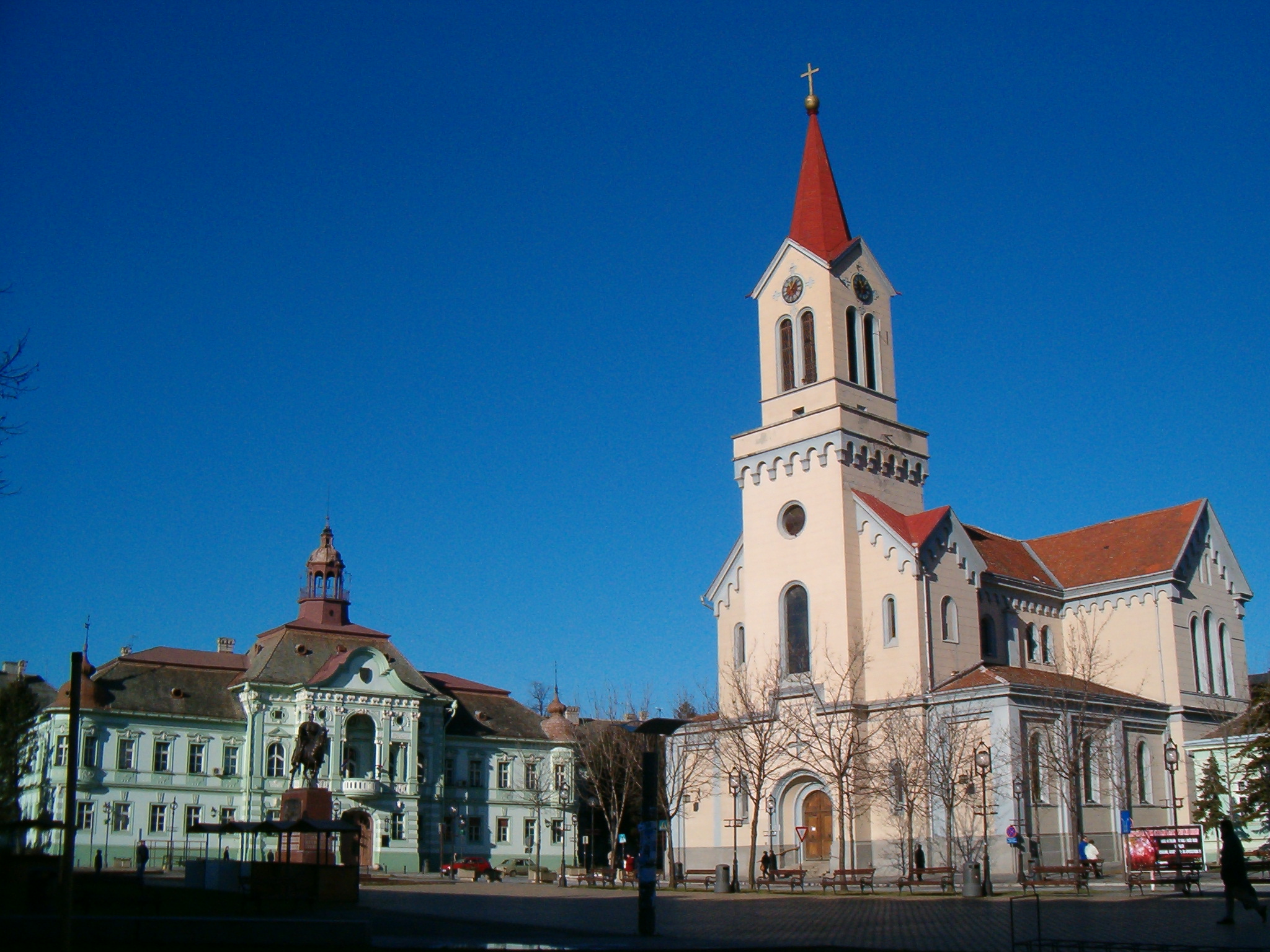
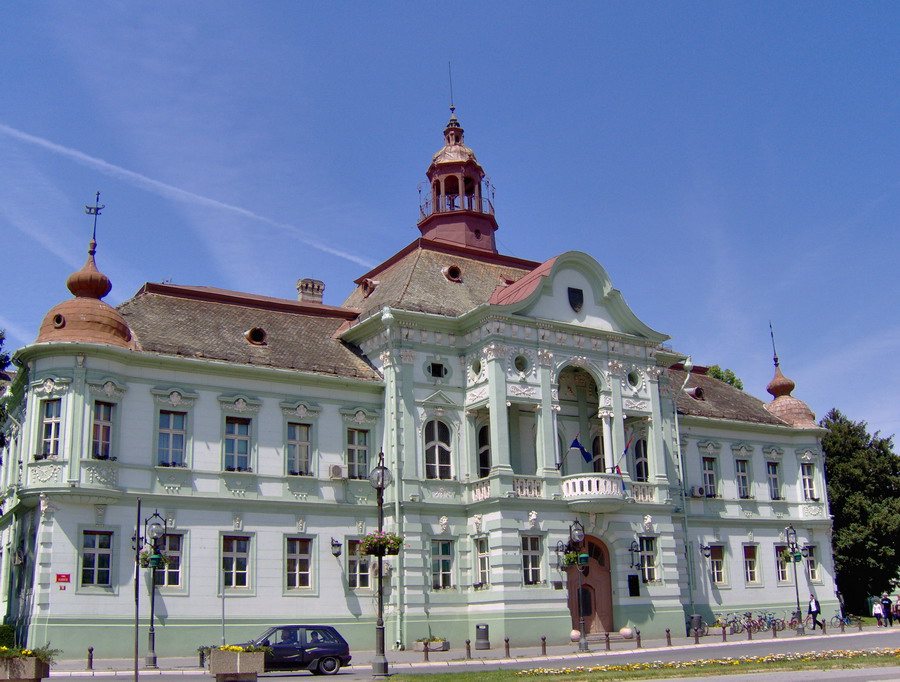
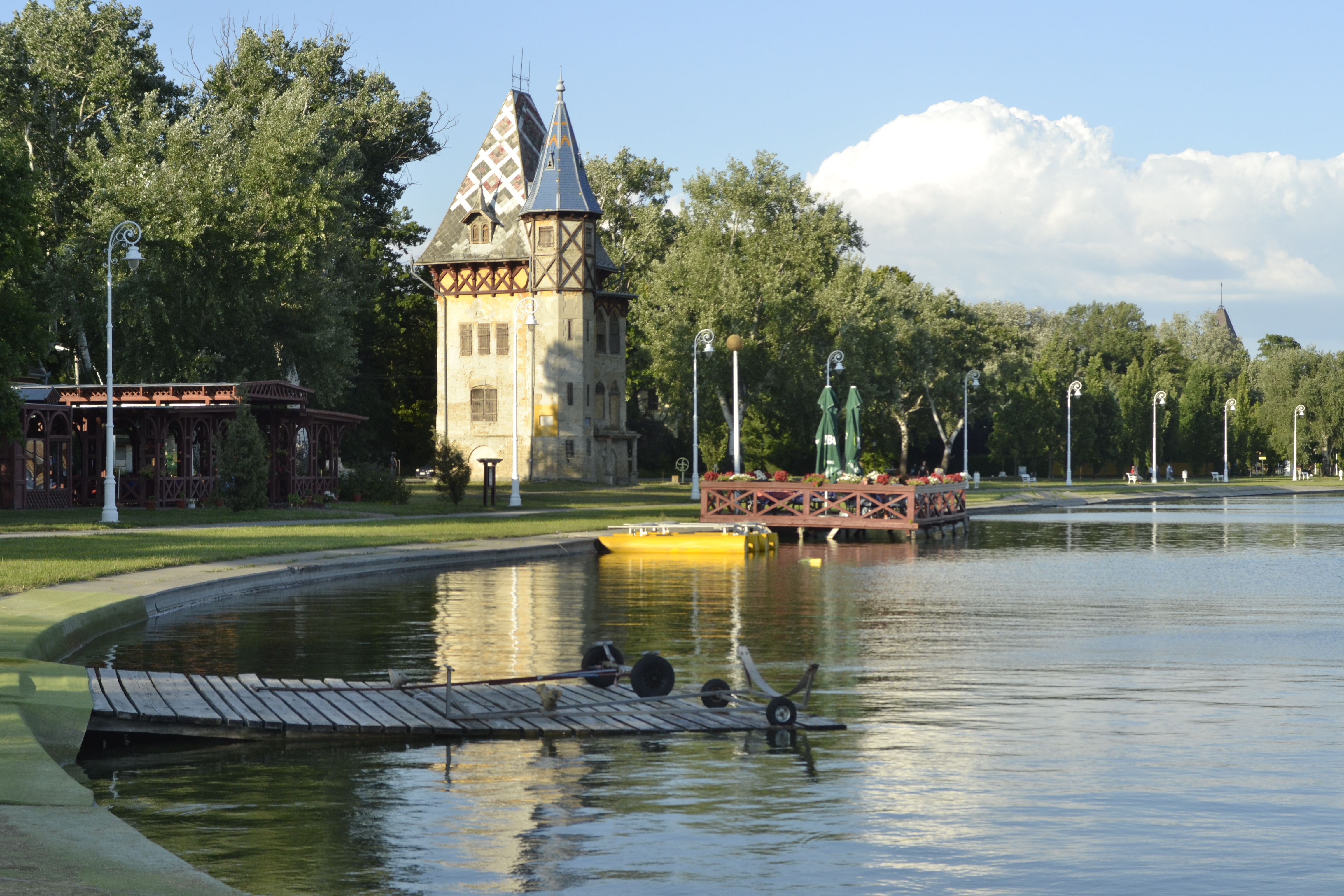
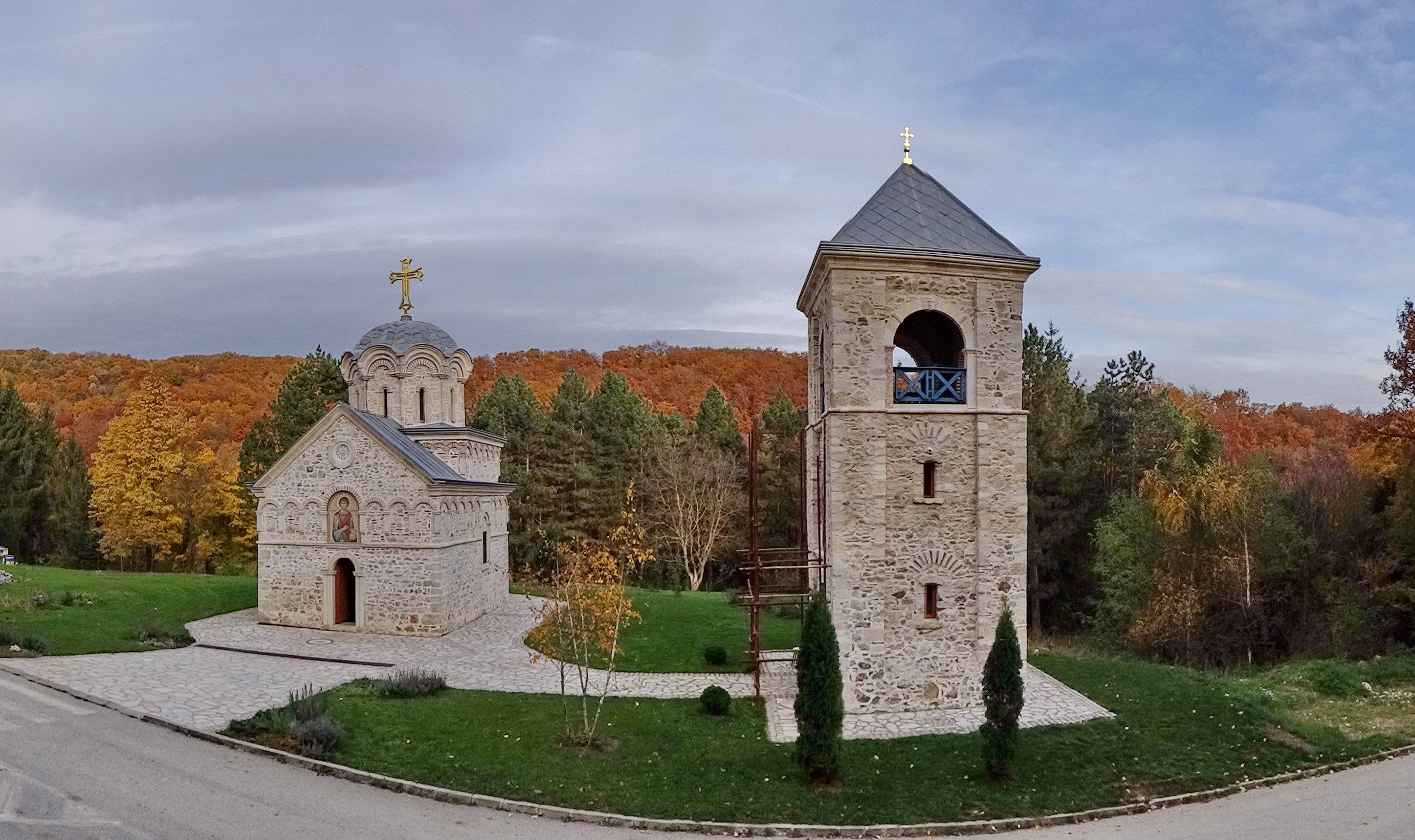
TAMED COUNTRY
Novi Sad is the capital of the province and as such, it boasts plentitude of festivals, old buildings, nice streets and it lies on the banks of the second biggest European river, the mighty and blue Danube, celebrated by the Strauss family. But much bigger than in Vienna! And the Gibraltar on the Danube, as the nickname of the Petrovaradin Fortress says, is one awe-inspiring sight when you sit on the Novi Sad shores. The aforementioned fortress is a place where there is one of the best and most famous European music festivals, Exit. The Podgrađe, or the Downtown Petrovaradin is one of the most charming Austrian towns in this part of the world, and also a host of the Gradić Fest, a mixture of film and buskers festivals. Not far away there is a spiritual capital of Vojvodina, Sremski Karlovci, the first capital of the Duchy of Serbian Vojvodina (the second was Timisoara) with the Cathedral Church and Patriarchate. Thus begins the vast but not-to-high Fruška Gora mountain (Mediaeval Serbian: Frankish Mountain) which is dotted by Orthodox monasteries, since it was a centre of the Orthodox Christianity in the Middle Ages and after the Turkish conquest of the region.
The tamed landscape is enriched with such cities like Sombor, ex-capital of Bačka, Zrenjanin, capital of Serbian Banat, and Subotica, one of the architectural and cultural gems of the region. Subotica is the city with the most buildings built in the Secession (art-nouveau) style, more precisely, Hungarian Secession. The City Hall and the square around it including the fountain, are covered by famous Zsolnay ceramic tiles. Vršac on the other end of Vojvodina is an unusual city under the highest mountain in Vojvodina, and atop lies the mediaeval castle. Bač Fortress and castle date from the Middle Ages and Hungarian kings, and Castel Ečka is famous for the fact that Franz Liszt as a kid played there a solo concert.
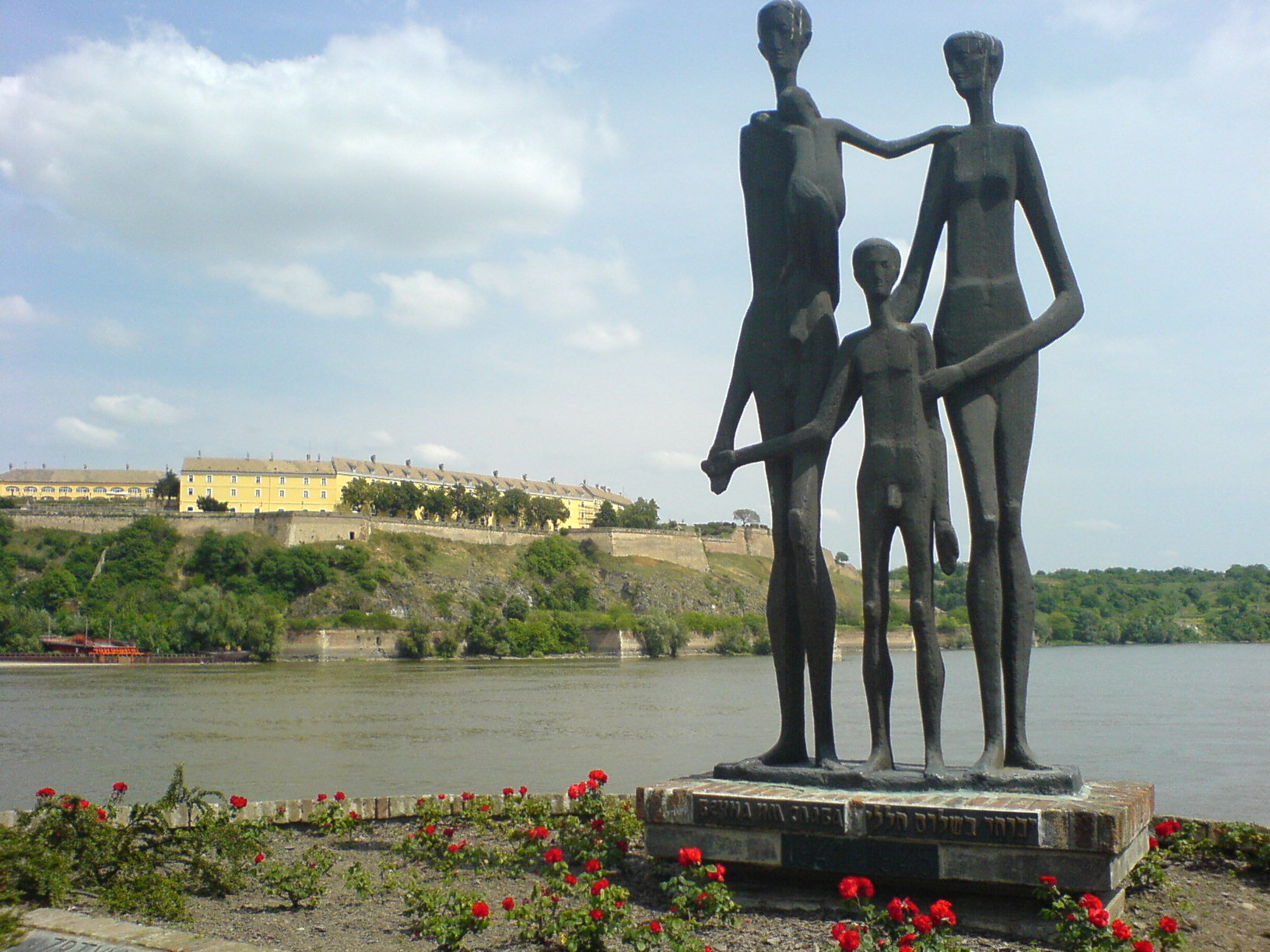
ROMAN CAPITALS AND WINE ROUTES
In fact, there is only one Roman capital in Vojvodina, and there were only 7 in all history of the empire. The Roman capital, during the Tetrarchy, was Sirmium, today’s Sremska Mitrovica. In 293, with the establishment of the Tetrarchy, the Roman Empire was split into four parts; Sirmium emerged as one of the four capital cities (along with Trier, Mediolanum, and Nicomedia), and was the capital of emperor Galerius. Now you can see plenty of ruins including the Imperial Palace. As much as 10 Roman emperors were born in this city or in its surroundings: Probus was the one who brought vine culture to Pannonia and due to his achievements we have a lots of vineyards in Vojvodina, especially on Fruška Gora and in the Subotica-Palić area. Palić Lake was at the time one of the most prestigious spa centres in Europe, side by side with Karlsbad, Spa and Marienbad.

